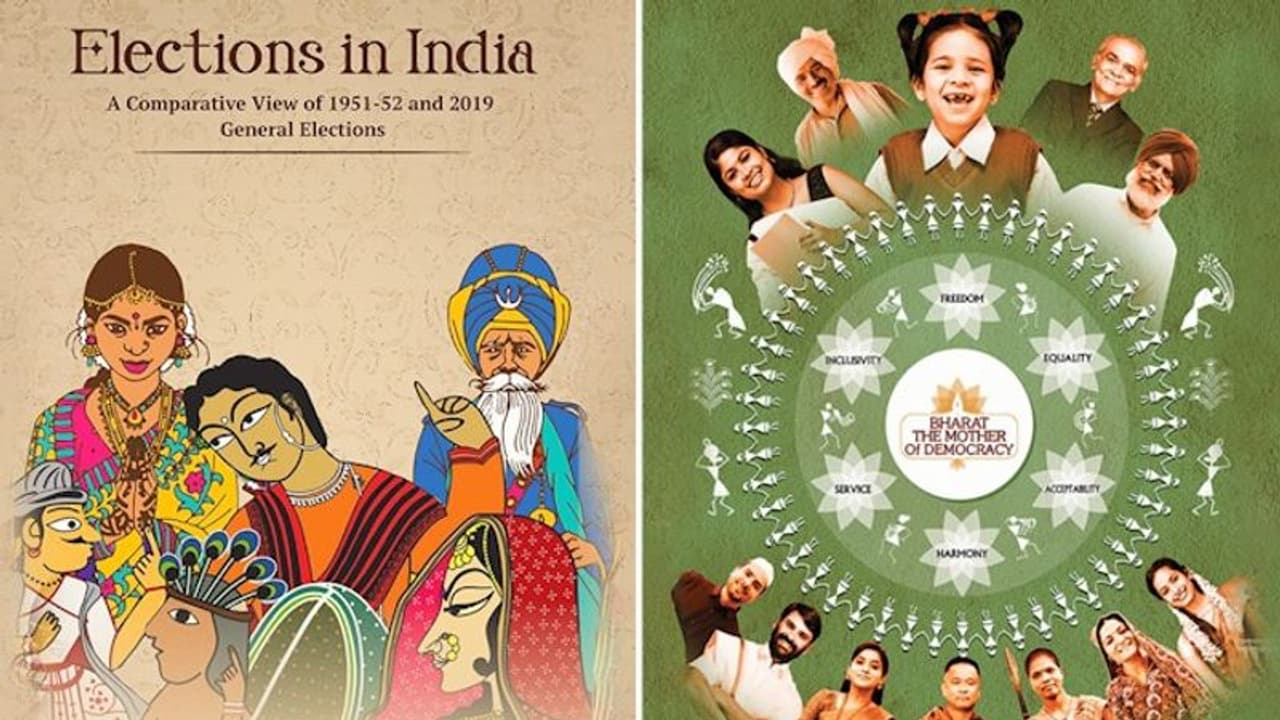Titled 'Bharat, The Mother of Democracy' and 'Elections in India', two booklets will be handed over to the visitingG20 Summit dignitaries. Here's a look at the key highlights of the two booklets that traces India's rich history and democratic heritage.
The Centre has released two booklets in preparation for the upcoming G20 Summit, which provide a historical overview of India dating back to 6000 BCE. These booklets, titled 'Bharat, The Mother of Democracy' and 'Elections in India,' will be presented to visiting dignitaries. Soft copies of these documents are available on the official G20 website. The booklets, totaling 40 pages, delve into topics such as the Ramayana, Mahabharata, Chhatrapati Shivaji, Akbar, and India's transition of power through general elections, with a focus on highlighting India's democratic heritage throughout history.

Also read: G20 Summit 2023: Perfect platform for lifting Indian economy
Key highlights from the booklets include:
1. The first booklet, spanning 26 pages, portrays India as the cradle of democracy. It features an image of a 5,000-year-old bronze dancing girl statue, who "stands confident, self-assured and looking at the world eye-to-eye, is independent and liberated".
2. The booklet also includes a hymn from the Rig Veda, the earliest of the four Vedas, which mentions assemblies of commoners and representative bodies.
3. It goes on to cite democratic elements in the narratives of the Ramayana and Mahabharata, highlighting how Lord Ram was chosen as king with the approval of a council of ministers and consultations.
4. In the Mahabharata, Bhishma, the dying patriarch, imparts canons of good governance to Yudhishthira. According to the booklet, Bhishma said, "The essence of a king's dharma is to secure his subjects' prosperity and happiness."
5. The booklet discusses the influence of Buddhism's principles on India's democratic ethos, the teachings of the Arthashastra, and the participation of people during the rule of historical figures such as Ashoka, Chandragupta Maurya, Krishnadeva Raya, and Chhatrapati Shivaji.
6. It also highlights the post-independence era when India adopted a modern democratic Republic through its Constitution, while retaining elements from historical democratic models.
7. The second booklet, spanning 15 pages, traces the history of elections in India from 1951 to 2019. It covers aspects such as the number of candidates and the arrangements made by authorities, showcasing India's progress in the realm of democracy.
These booklets aim to underscore India's rich democratic heritage and its continued commitment to democratic values on the global stage during the G20 summit.
Also read: Simple Explainer: What is G20? What is its agenda? Does it have diplomatic influence?
